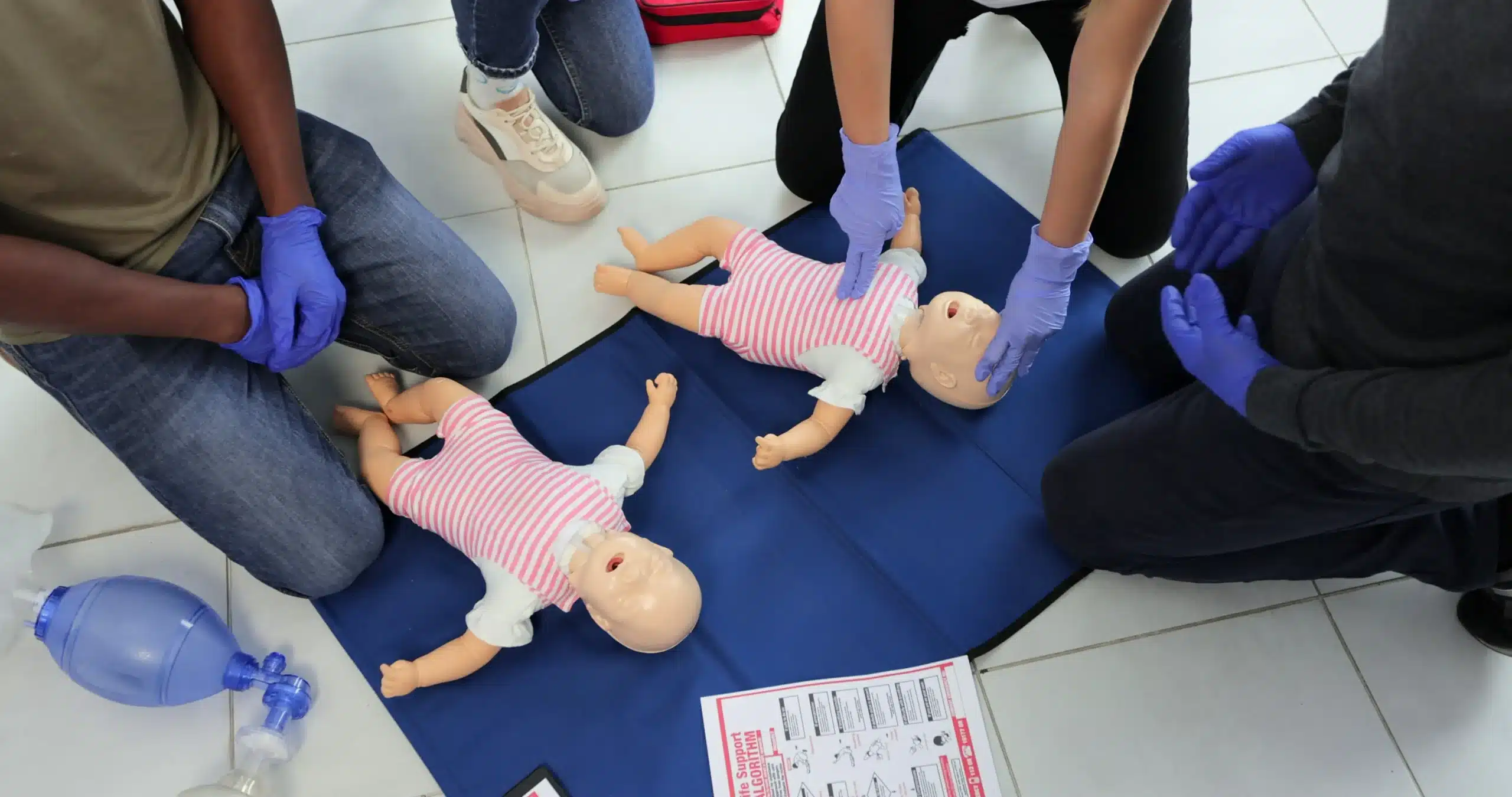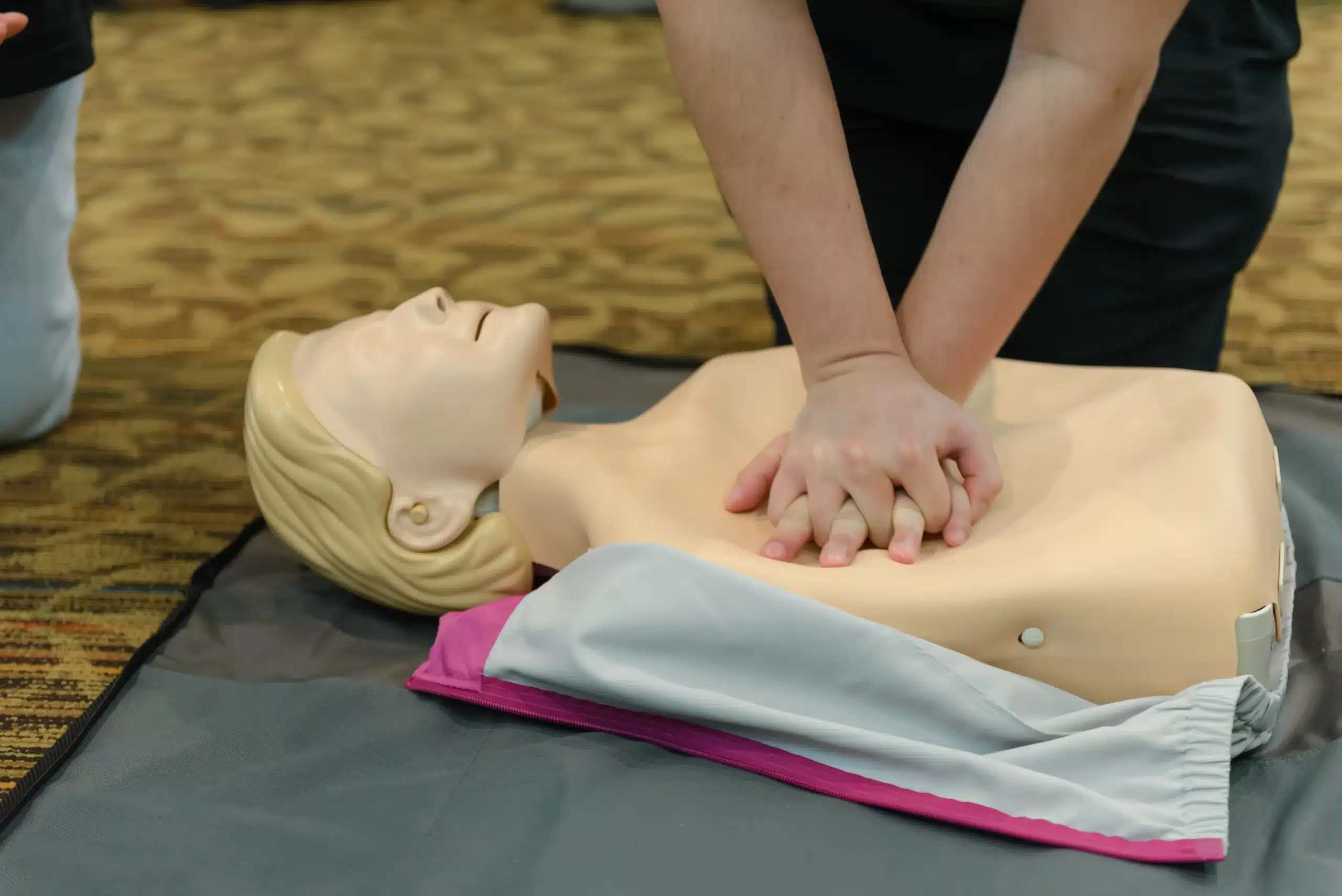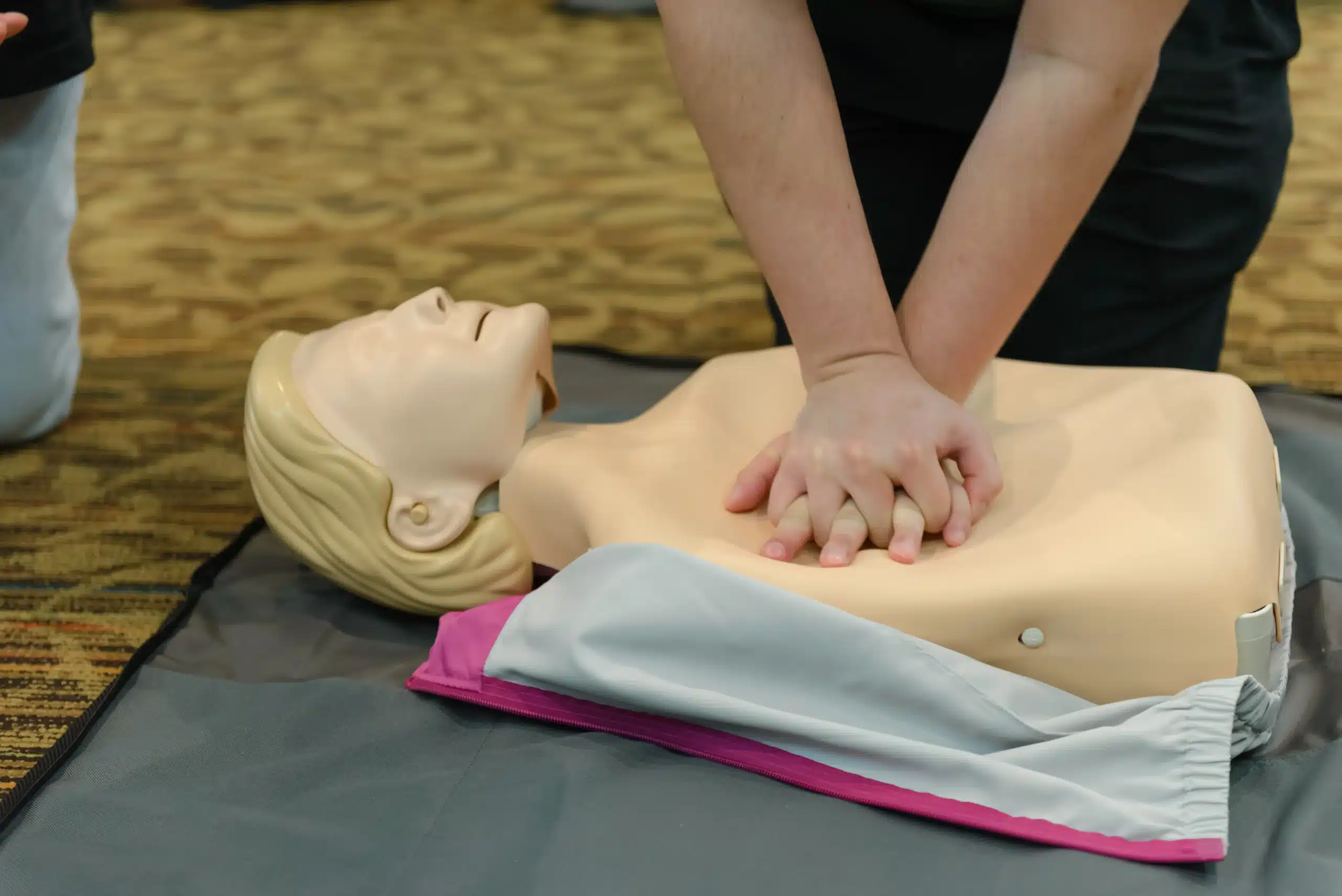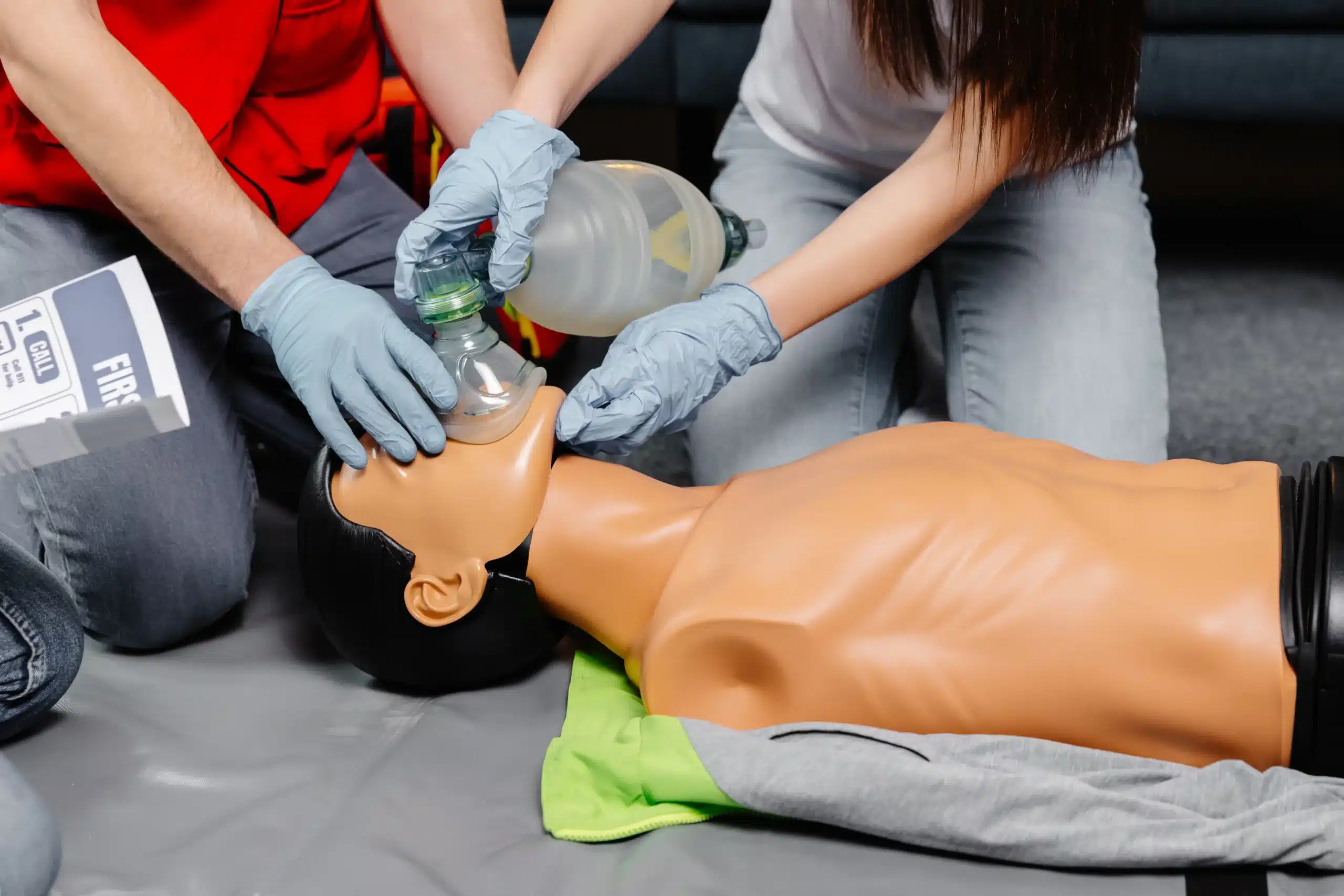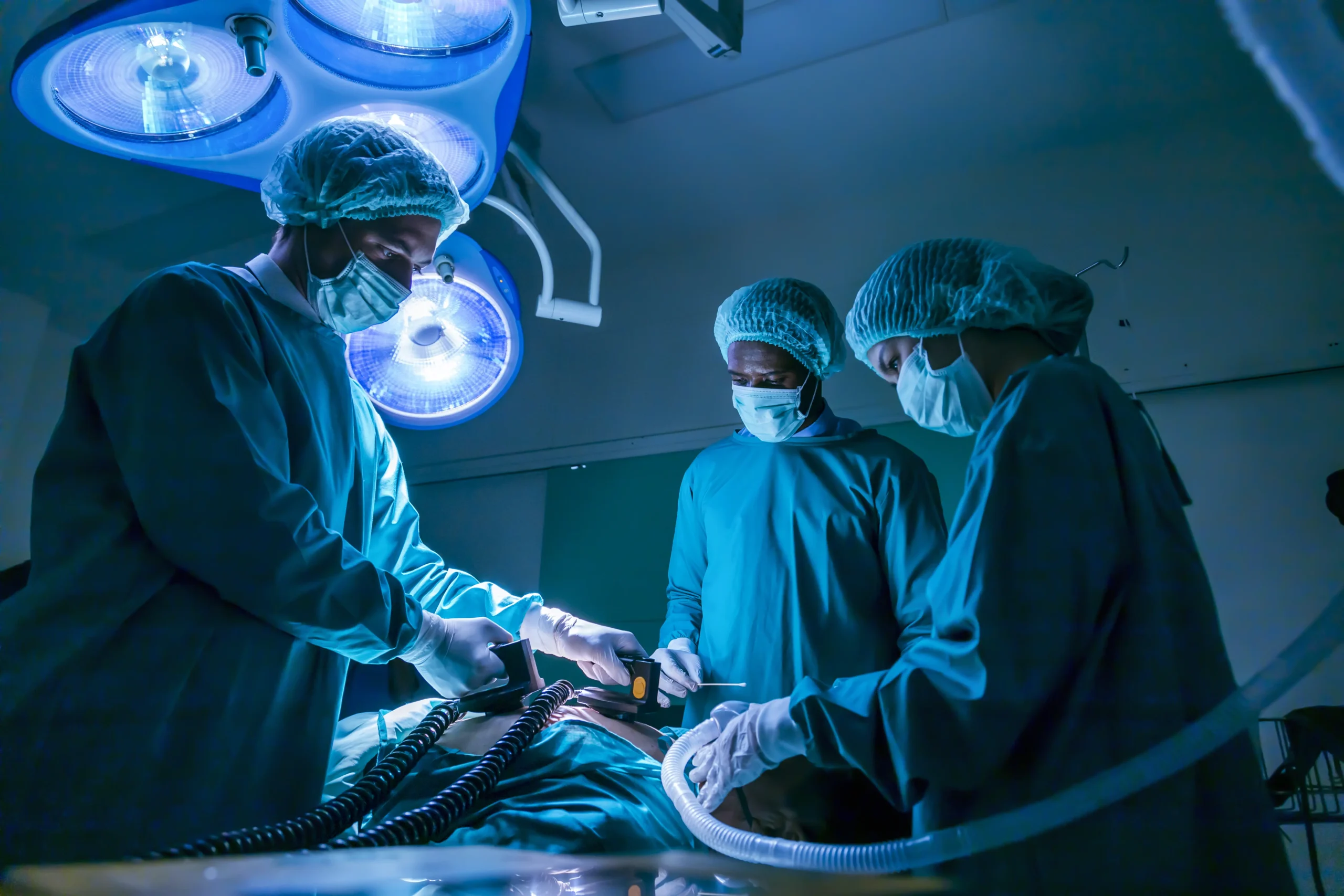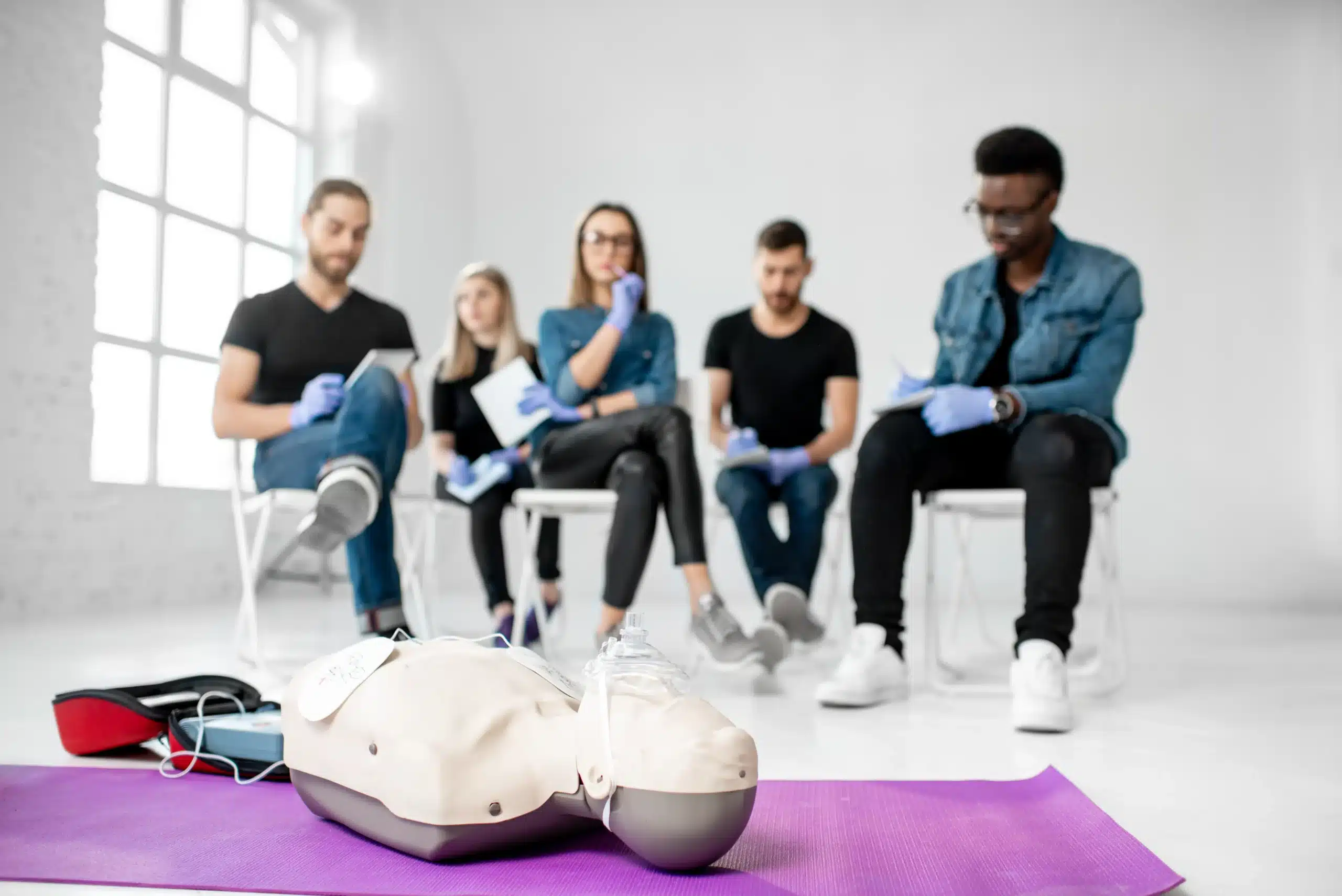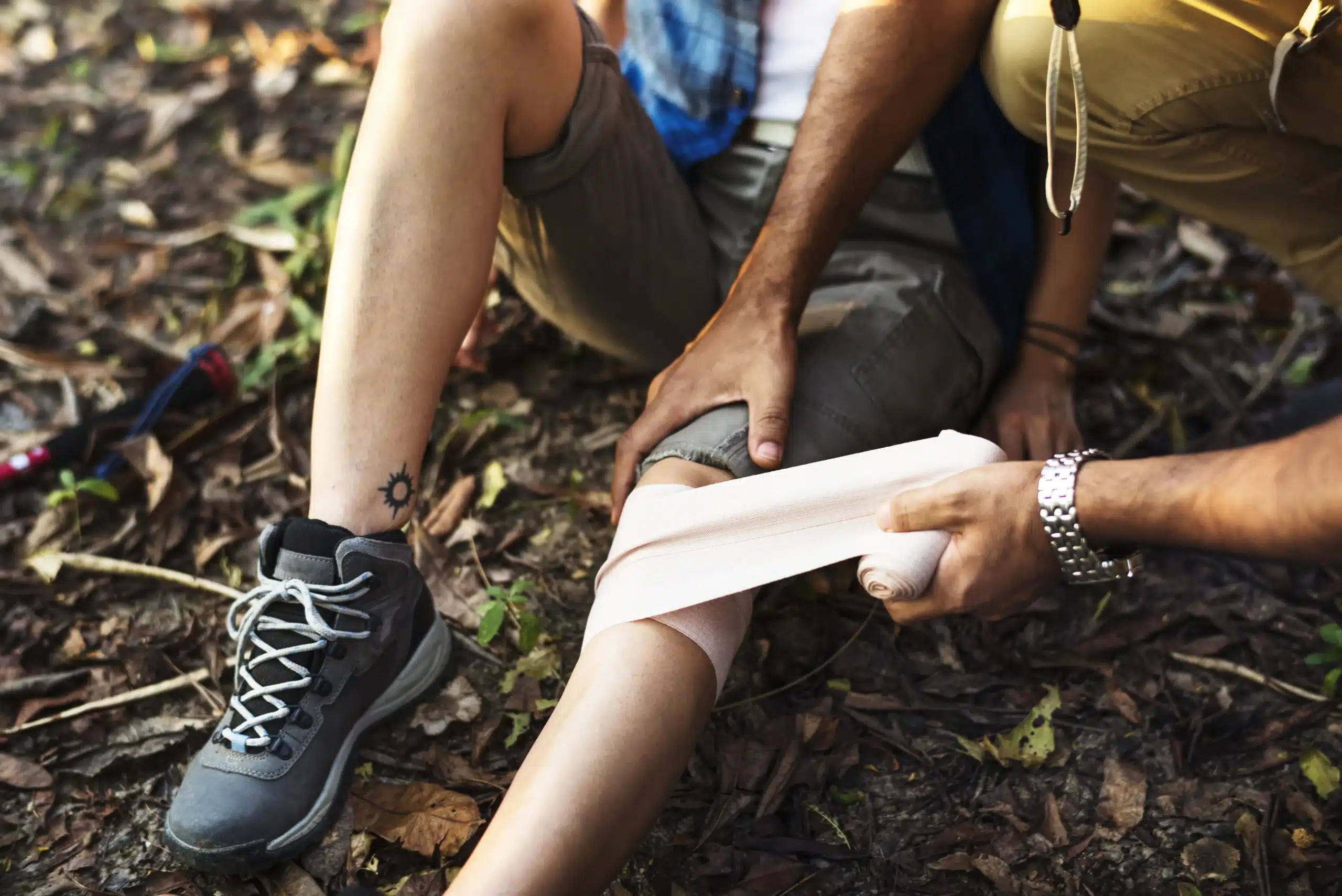In a city as vibrant and bustling as San Francisco, being prepared for emergencies is essential. CPR certification in SF equips you with the skills to respond effectively in critical situations, potentially saving lives. This guide will walk you through the process of getting CPR certified in San Francisco, covering everything from the basics of CPR to choosing the right course for your needs. Whether you’re a healthcare professional, a childcare provider, or simply someone who wants to be prepared, we’ll help you find the perfect CPR certification in SF. We’ll also explore reputable training providers like Safety Training Seminars, known for their comprehensive courses and low-price guarantee.
Key Takeaways
- CPR certification is a powerful skill: Learning CPR equips you to respond effectively in medical emergencies, giving you the confidence to act when it matters most. Find a course that fits your personal or professional needs.
- Choosing the right course matters: Consider your career goals and the specific type of certification required in your field. Think about course formats, schedules, and costs to find the best fit.
- Maintain your skills through practice: CPR is a skill that requires regular practice. Stay up-to-date on the latest guidelines and techniques through continued learning and refresher courses.
What is CPR Certification & Why Do You Need It?
CPR certification gives you the skills to respond effectively during medical emergencies. But what exactly does it involve, and why is it so important? Let’s take a closer look.
What is CPR and How Does it Save Lives?
CPR, or cardiopulmonary resuscitation, is a life-saving technique used when someone’s breathing or heartbeat has stopped. It combines chest compressions and rescue breaths to circulate oxygenated blood to the brain and vital organs, essentially keeping someone alive until professional medical help arrives. Think of it as manually taking over the function of the heart and lungs. Starting CPR immediately can dramatically increase someone’s chances of survival during cardiac arrest.
Legal Requirements & Career Benefits in San Francisco
While California law doesn’t require everyone to have CPR certification, certain professions, like those in healthcare, do. Even if it’s not mandatory for your current job, being CPR certified can boost your resume and open up new opportunities. Many employers in fields like healthcare, education, and childcare prefer or require CPR certification. It shows you’re prepared to handle emergencies and prioritize safety. Plus, knowing you can help in a crisis simply gives you peace of mind. Check out Safety Training Seminars’ CPR courses to get started.
Common CPR Training Myths
One common misconception is that CPR is too complex for the average person. The truth is, anyone can learn the core techniques of chest compressions and rescue breaths by taking a class. Another myth is that only medical professionals can perform CPR effectively. Bystanders are actually crucial in emergencies. Providing immediate CPR while waiting for paramedics can significantly improve outcomes. Don’t let these myths discourage you from learning this invaluable skill. CPR training is straightforward, accessible, and empowers you to make a real difference.
CPR Certification Courses in San Francisco
CPR certification gives you the skills to respond to medical emergencies. Different courses meet different needs and professional backgrounds. Here are some key CPR certifications offered in San Francisco:
BLS for Healthcare Providers
The Basic Life Support (BLS) course for Healthcare Providers is designed for medical professionals like doctors, nurses, paramedics, and other healthcare providers. This training prepares you to handle emergencies in various settings, both in and out of the hospital. It covers essential techniques like chest compressions, rescue breaths, and using an AED. You can find more information about BLS for Healthcare Providers in this practical guide.
Heartsaver CPR AED for Everyone
The Heartsaver CPR AED course is for anyone with little to no medical background who needs CPR training. This includes teachers, coaches, childcare providers, office workers, and anyone who wants to be prepared for an emergency. This course covers adult CPR, AED use, and how to help someone who is choking. It’s a great option if you need a CPR certification card for your job or want to learn these important skills. For a complete guide to CPR training, take a look at this helpful resource.
ACLS
Advanced Cardiovascular Life Support (ACLS) builds on the basics of BLS. This advanced course is for healthcare providers who may lead a resuscitation team during a cardiac arrest or other cardiovascular emergency. It covers advanced interventions and techniques beyond basic CPR. ACLS certification is often required for critical care nurses, physicians, and other healthcare professionals working in emergency or intensive care settings. Learn more about our ACLS courses.
PALS
Pediatric Advanced Life Support (PALS) focuses on emergency care for infants and children. This specialized course is essential for healthcare providers working in pediatrics, including pediatricians, pediatric nurses, and emergency medical technicians. PALS training covers assessing and managing pediatric emergencies, such as respiratory and cardiac arrest. You can learn more about PALS and other courses on our San Francisco CPR website.
Where to Get CPR Certified in San Francisco
Finding the right CPR certification course in San Francisco depends on your needs and preferences. Here’s a rundown of some popular options:
Safety Training Seminars
Safety Training Seminars offers a range of American Heart Association (AHA) certified courses, including BLS, ACLS, and PALS. They also offer the RQI program and other essential certifications. With a focus on excellent customer service and a low price guarantee, they’re a popular choice for individuals and groups in the Bay Area. Their convenient San Francisco location also serves residents of Daly City, San Mateo, and Oakland, CA.
American Red Cross
The American Red Cross provides CPR and First Aid training throughout California, including San Francisco. Their courses equip you with the skills to handle emergencies.
American Heart Association
While the American Heart Association (AHA) doesn’t directly offer classes, they set the standards for CPR training. Many organizations, like Safety Training Seminars, offer AHA-certified courses. You can find information on CPR training through AHA resources and learn more about performing CPR and other life-saving techniques.
San Francisco Fire Department
The San Francisco Fire Department doesn’t provide CPR certification courses. They recommend seeking training from certified providers like the American Red Cross or through AHA-certified instructors.
Bay Area CPR
Bay Area CPR, affiliated with Safety Training Seminars, offers various BLS certification courses for healthcare providers. They deliver high-quality, AHA-compliant training in essential life support skills.
Choosing the Right CPR Course
Finding the right CPR course boils down to understanding your needs and doing a little research. Here’s a breakdown to help you choose the best fit:
Identify Your Needs & Career Goals
First, think about why you’re getting certified. Do you need CPR training for your job, or are you learning this life-saving skill for personal knowledge? Some professions require specific certifications, like BLS for healthcare providers or PALS for those working with children. Knowing your goals helps narrow down the options. It’s worth noting that even if you don’t need a mandatory certification, a CPR course ensures you’re properly trained and confident in your abilities. You can learn more about common misconceptions about CPR certification online.
Compare Courses, Schedules & Formats
Once you know what type of certification you need, you can start comparing courses. Look at what different providers offer. Safety Training Seminars offers a range of American Heart Association-certified courses, including BLS, ACLS, and PALS, right here in San Francisco. Check their course schedule for upcoming dates. Think about what works best for your schedule. Do you prefer weekday or weekend classes? Do you need a blended learning option with some online components? Many providers offer different formats to fit your lifestyle. For example, you can find more information on the BLS course, ACLS course, and PALS course offered by Safety Training Seminars.
Understand Costs & Time Commitment
CPR courses vary in price, so factor this into your decision. Safety Training Seminars is known for its affordable courses and low-price guarantee, which is a great option if you’re on a budget. Also, consider the time commitment involved. Some courses can be completed in a single day, while others might require more time. Factor in travel time and any pre-course work.
Online vs. In-Person Training
Deciding between online and in-person training is a personal preference. Both have their advantages. Online CPR training offers flexibility and convenience, while in-person classes provide hands-on practice and direct interaction with an instructor. Think about your learning style and what environment you thrive in.
Accreditation & Recognition
Finally, ensure any course you choose is accredited by a recognized organization like the American Heart Association. This ensures the training meets established standards and is accepted by employers and regulatory bodies. Safety Training Seminars is a woman-owned AHA Training Center, offering high-quality, accredited courses. This gives you peace of mind knowing your certification is widely recognized.
Getting CPR Certified: What to Expect
So you’ve decided to get CPR certified—fantastic! Here’s what you can expect during your training.
Course Content & Duration
CPR and First Aid classes cover essential life-saving skills, giving you the confidence to handle emergencies. You’ll learn to recognize the signs of a heart attack, stroke, and other medical emergencies, along with injury prevention and basic first aid techniques. The curriculum is comprehensive but manageable, and class times vary depending on the certifying organization and the specific course. Safety Training Seminars offers a range of courses, including BLS, ACLS, and PALS, to meet your specific needs.
Hands-on Practice & Skills Assessment
CPR training isn’t just about lectures and videos—it’s about hands-on learning. You’ll practice chest compressions and rescue breaths on training mannequins to learn the correct depth, rate, and hand placement for effective CPR. This hands-on practice builds muscle memory and confidence, preparing you to respond effectively in a real emergency.
Certification Exam & Passing Requirements
After completing the course, you’ll take a certification exam to demonstrate your knowledge and skills. Both the American Heart Association (AHA) and the Red Cross offer certification programs, each with its own passing requirements. The AHA requires an 84% or higher to pass, while the Red Cross typically requires 80%. Successfully completing the exam earns you your certification, valid for two years.
Certification Renewal
Your CPR certification is valid for two years. To maintain your skills and knowledge of the latest guidelines, you’ll need to renew your certification before it expires. Renewal courses are readily available, often shorter than the initial certification course. You can take a renewal course up to 30 days before your current certification expires. Safety Training Seminars offers convenient renewal courses to help you maintain your life-saving skills.
Make the Most of Your CPR Certification
Getting your CPR certification is a fantastic achievement, but it’s not a “one and done” deal. Like any skill, CPR requires regular practice to stay sharp. This section explores how to maintain your skills, continue learning, and even leverage your certification for career advancement.
Stay Sharp: Practice Your Skills
CPR certification is a powerful tool for saving lives. While you don’t technically need official certification to perform CPR in an emergency, taking a proper CPR course ensures you’re well-prepared. Regular practice is key to maintaining those life-saving skills. Consider refreshing your knowledge with online videos and tutorials, or practicing with a friend or family member. Even simple refreshers can dramatically improve your confidence and effectiveness in a real emergency.
Resources for Continued Learning
The world of healthcare is constantly evolving. Staying up-to-date on the latest CPR guidelines and techniques is crucial. Numerous resources are available to support your continued learning. Check out articles and updates from reputable organizations like the American Heart Association and the American Red Cross. These organizations often offer online resources, webinars, and refresher courses to help you stay at the top of your game. Exploring these resources can provide valuable insights and keep your skills current.
Career Opportunities
A CPR certification can open doors to various career paths, especially in fields like healthcare, education, and childcare. Safety Training Seminars offers a wide range of American Heart Association-certified courses in San Francisco, from basic CPR to more advanced certifications like BLS, ACLS, and PALS. These certifications can enhance your resume and make you a more competitive candidate. Many employers view CPR certification as a valuable asset, demonstrating your commitment to safety and preparedness. It can be a significant advantage in your job search.
Safety Training Seminars’ Low Price Guarantee
Looking for affordable, high-quality CPR training in the San Francisco Bay Area? Safety Training Seminars offers a low price guarantee on all its courses, including CPR, BLS, ACLS, PALS, and First Aid. This commitment to competitive pricing makes them an excellent option for individuals and organizations seeking top-notch training without breaking the bank. They understand the importance of accessible training and strive to make it as budget-friendly as possible. This makes it easier for everyone to acquire these essential life-saving skills.
Related Articles
- Why CPR is Crucial in Healthcare
- Busting CPR Myths to Save Lives
- CPR Training in San Francisco: A Complete Guide
- Low-Cost CPR Training in Northern California: A Guide
- CPR Certification in San Francisco: Your Guide
Frequently Asked Questions
What’s the difference between CPR and First Aid? CPR focuses specifically on restoring breathing and circulation when someone’s heart has stopped or they’ve stopped breathing. First Aid covers a broader range of medical emergencies, from minor cuts and burns to more serious injuries like fractures and allergic reactions. Often, CPR and First Aid training are combined into one course.
How long does it take to get CPR certified? The time commitment varies depending on the specific course and the training provider. Some basic CPR courses can be completed in a single day, while more advanced certifications like BLS, ACLS, or PALS may require a longer time commitment.
How much does CPR certification cost? Costs vary based on the level of certification, the training provider, and whether you choose online or in-person training. It’s always a good idea to compare prices from different providers to find the best value. Safety Training Seminars offers a low price guarantee, making them a competitive option in the San Francisco area.
How often do I need to renew my CPR certification? CPR certifications are typically valid for two years. Renewal courses are available and often shorter than the initial certification course. Staying current with your certification ensures you’re up-to-date on the latest guidelines and best practices.
What if I’m nervous about performing CPR in a real emergency? It’s completely normal to feel apprehensive about using your CPR skills in a real-life situation. That’s why regular practice and staying up-to-date with your training are so important. The more familiar you are with the techniques, the more confident you’ll feel if you ever need to use them. Remember, any attempt at CPR is better than none.


